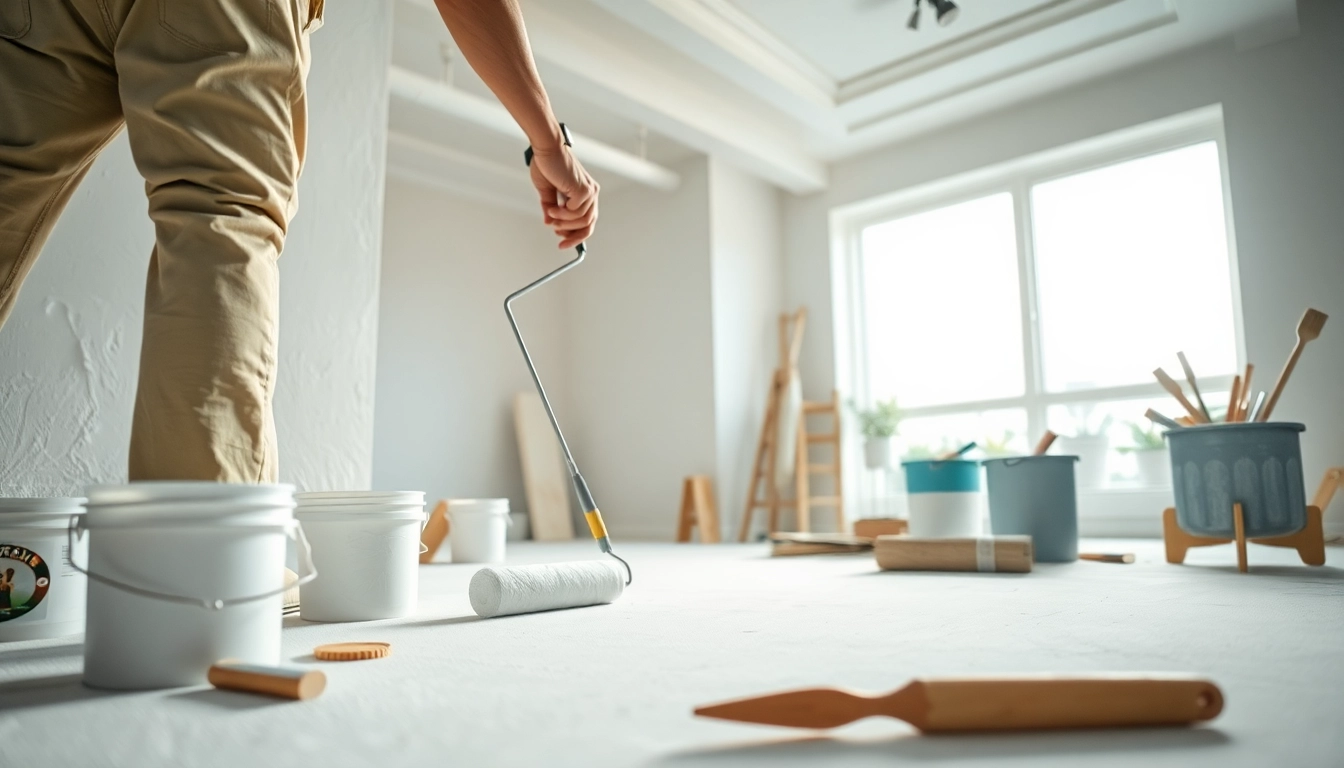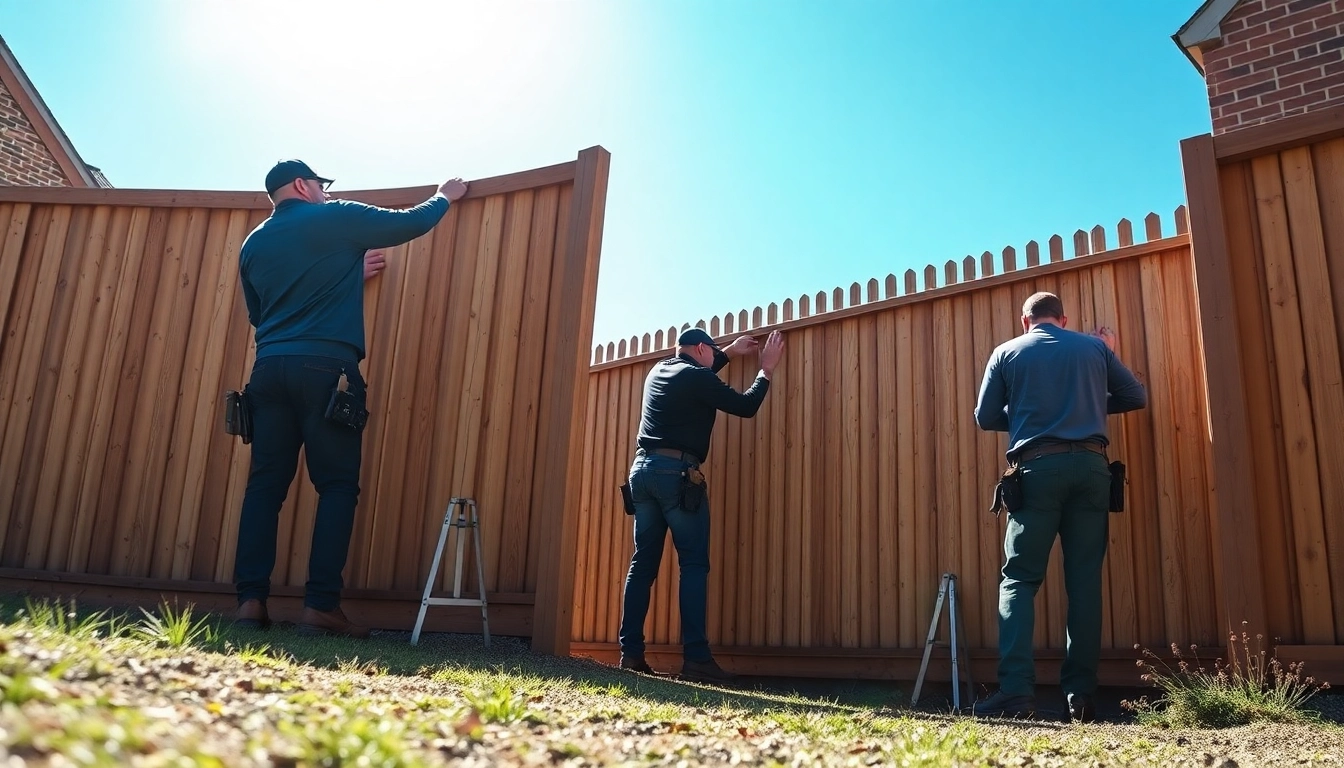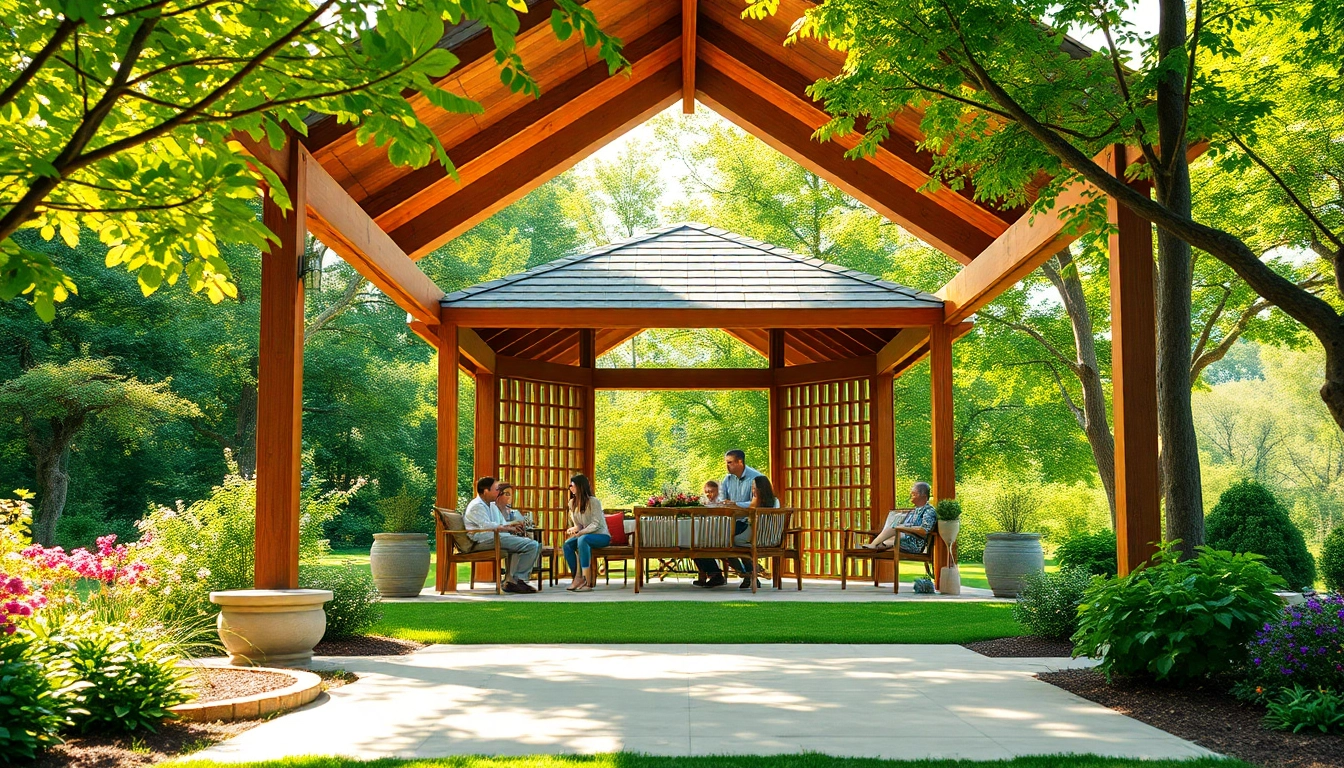Understanding Drywall Painting Basics
What is Drywall Painting?
Drywall painting is the process of applying paint to drywall surfaces, typically found in interior spaces. Drywall, made up of gypsum panels, provides a smooth surface for painting, but it requires proper preparation to achieve a finished look that is both aesthetically pleasing and durable. Painting drywall can transform a space, making it more inviting and suited to personal tastes. The process often involves multiple steps, including cleaning, priming, and painting, which work together to enhance the overall appearance and longevity of the wall surface. For those wishing to delve deeper into the techniques involved, consider exploring the comprehensive resources on drywall painting.
Common Challenges and Solutions
Painting drywall can present several challenges. One of the most common issues is achieving an even coat, especially if the drywall has not been properly prepared. Over time, surfaces can develop imperfections such as dings, scratches, or stains that must be addressed before painting. Moreover, drywall seams and joints can be particularly problematic because they tend to absorb paint differently, leading to an uneven finish.
Solutions include thorough preparation, which involves sanding, cleaning, and potentially applying a primer. This ensures the surface is smooth and allows for better paint adhesion. Selecting the right type of paint, as well as employing correct application techniques, can further mitigate these issues.
Key Materials for Drywall Painting
Successful drywall painting relies on several key materials, including:
- Primer: A sealer that smooths the surface and improves paint adherence.
- Paint: Choosing the right quality and type appropriate for the drywall condition and environment is essential.
- Tools: Brushes, rollers, trays, and painter’s tape, among others, are necessary for even application.
- Repair materials: Joint compound for fixing seams and imperfections.
Preparation Steps for Successful Drywall Painting
Cleaning and Repairing Drywall
Before you paint, it’s crucial to clean your drywall surfaces. Dust and debris can interfere with paint adhesion and lead to an uneven finish. Use a vacuum or a damp cloth to clean the walls thoroughly. If your drywall has any damage, such as holes or cracks, these should be repaired using joint compound. Once the compound has dried, sand it down to ensure a smooth surface.
Choosing the Right Primer for Your Walls
The selection of primer plays a vital role in drywall preparation. A high-quality primer can significantly enhance the finish of your topcoat. For standard drywall, a latex-based primer is usually recommended. However, if your drywall is stained or has a considerable color difference, an oil-based primer may be necessary to prevent bleed-through. Additionally, using a primer specifically formulated for drywall will help to seal the surface, allowing for smoother paint application.
Essential Tools for Preparation
Equipping yourself with the right tools is essential for an efficient painting job. Here’s a list of tools to gather before you start:
- Painter’s tape: To mask edges and protect areas not intended for painting.
- Sandpaper or sanding block: For smoothing joints and imperfections.
- Roller and extension pole: For applying paint to large wall areas.
- Brushes: For cutting in around edges and corners.
- Paint trays: For easy paint access during application.
Applying Paint: Techniques and Methods
Best Practices for Applying Primer
When applying primer, it’s essential to utilize even strokes for uniform coverage. Start by cutting in the edges with a brush, and then use a roller for the larger areas. Make sure to allow sufficient drying time as advised by the manufacturer before applying your topcoat. If necessary, a second coat of primer can help to ensure the best bonding surface for your paint.
Roller vs. Brush: Which is Better for Drywall Painting?
While both brushes and rollers have their roles, the choice often depends on the specific needs of the project. Rollers are typically preferred for covering large, flat areas quickly and evenly. They can hold more paint and reduce the amount of time required to finish a wall. Brushes, on the other hand, excel in providing precision and detail work, particularly around edges, corners, and intricate designs.
A combination of both tools is often the best approach: use a roller for major wall surfaces and a brush for tricky spots.
How to Achieve an Even Coat
To ensure an even coat of paint, consider the following techniques:
- Proper technique: When using a roller, start by applying paint to the wall in a ‘W’ pattern, filling in the spaces without lifting the roller. This helps distribute the paint evenly.
- Maintain a wet edge: Always start painting while the previous section is still wet so that the new paint adheres seamlessly.
- Sand between coats: Lightly sand the surface after the first coat has dried and before applying additional coats. This creates a smoother finish.
Choosing the Right Paint Type
Best Paint Options for Drywall Surfaces
Choosing the right paint type is crucial for ensuring durability and appearance after the drywall is painted. High-quality latex paints are favored for interiors because they are easy to work with, quick to dry, and low in volatile organic compounds (VOCs). For areas requiring extra durability, like kitchens and bathrooms, it may be worthwhile to invest in paint with a higher sheen, as these finishes tend to be easier to clean.
Understanding Sheen Variations and Their Effects
Paint sheen significantly impacts the overall look of your walls and their maintenance requirements. Here are the common types of sheens available:
- Flat: Matte finish that hides imperfections but is less durable.
- Eggshell: Offers a slight sheen and is easier to clean than flat options.
- Satin: More reflective, providing good washability, making it suitable for high-traffic areas.
- Gloss: Highly reflective and durable, ideal for moldings and trim.
Understanding these variations helps in selecting the right finish according to the unique needs of each room.
Eco-Friendly Options for Drywall Painting
Today, many manufacturers produce eco-friendly paints that are low in VOCs, making them better for indoor air quality. These options are increasingly popular due to their safety and reduced environmental impact. Brands regularly release new formulations, so it’s wise to review product labels for environmental certifications.
Maintenance and Touch-Up After Painting
How to Care for Painted Drywall
Once your drywall is painted, regular maintenance helps to prolong its life. Dusting and spot-cleaning with mild soap and water can keep walls looking fresh. Avoid abrasive cleaners, as these can damage the paint surface. For a significant clean, consider using a damp microfiber cloth and a gentle cleaning solution.
When and How to Touch-Up Paint
Touch-up painting should be performed whenever noticeable marks or scuffs appear. It is advisable to keep some leftover paint for future touch-ups. To effectively perform a touch-up, lightly sand the area, apply primer if necessary, and then use a brush or roller to blend in matching paint.
Common Signs That Your Drywall Needs Repainting
Various indicators show that it’s time to repaint drywall. These signs include:
- Fading or discoloration caused by sunlight exposure.
- Peeling or bubbling paint, often due to moisture issues.
- Visible stains from water damage or other contaminants.
- Scratches or dents that disrupt the aesthetic of the walls.
Being proactive about repainting can help maintain a fresh, inviting appearance in your home.


